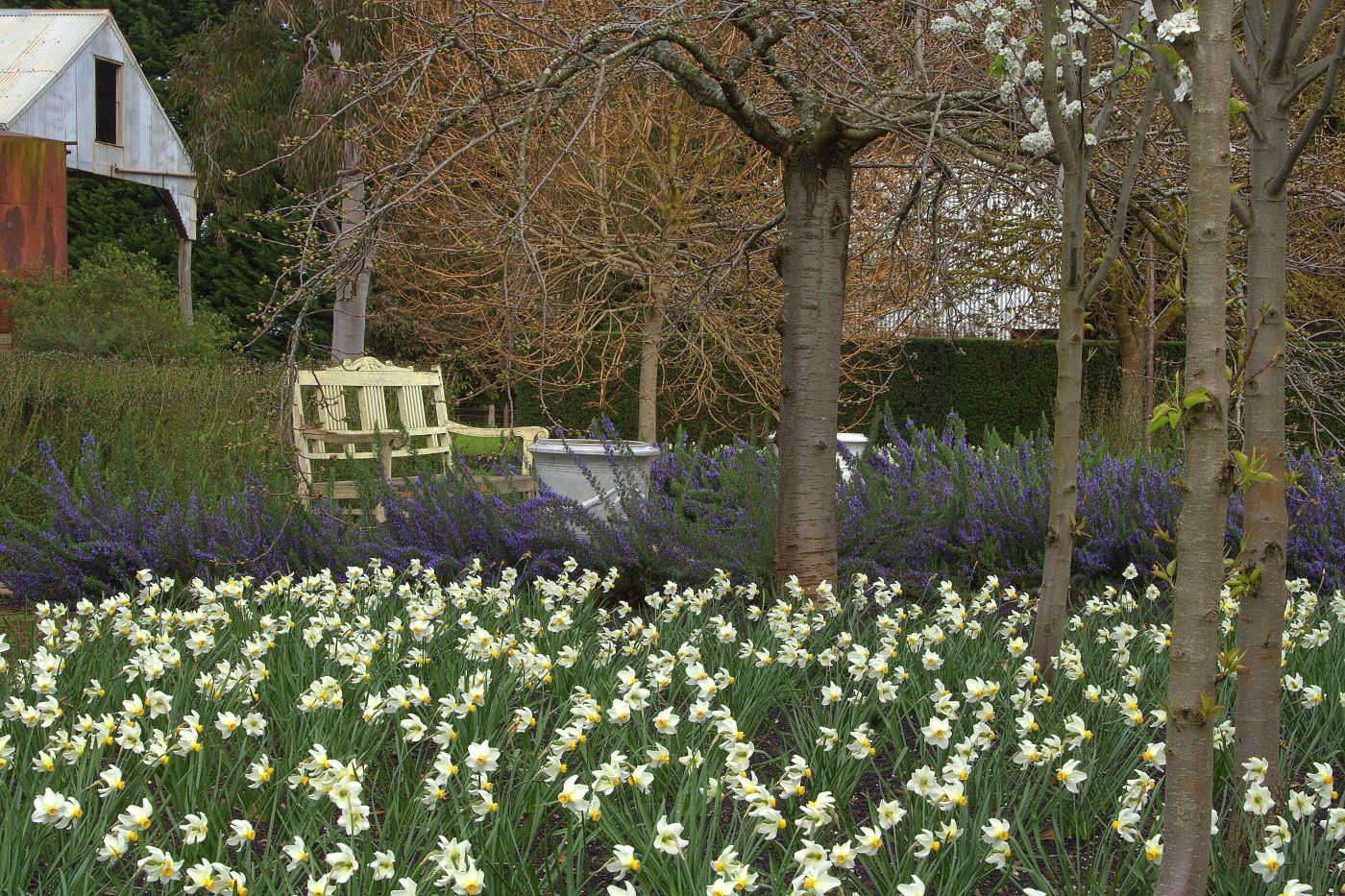Uncategorized
Narcissus ‘Beryl’
There are daffodils and there are daffodils. Some are so superior to the run-of-the-mill sorts that they deserve a place in every garden.
I was given three bulbs of the Narcissus ‘Beryl’ fifty years ago by the siblings Barbara and Phillip Gordon. The pair had a fascinating four-hectare garden around a bluestone copy of a Scottish castle. The castle, life-size so to speak, was built for a Miss Lydia Reid, a member of the Reid family who owned and subdivided land in Balwyn, the Reid estate, during the early part of the last century. Although the castle wasn’t haunted, the Gordons were haunted by ghost-hunting yobos every Saturday night. These idiots were the bane and torment of their lives.
Be that as it may, their garden was full of treasures, especially alpine plants and bulbs. The siblings were instrumental in the birth of the Victorian branch of the Alpine Garden Society. I was a member for many years and learnt so much from the many really knowledgeable gardeners who populated the Society. On their death, the Gordons left a sum of money to the Alpine Garden Society. The society uses the income from this to give modest scholarships for young enthusiastic gardeners.
Back to Narcissus ‘Beryl’. It was raised by P.D. Williams before 1907 and its “…gracefully recurved straw-coloured petals mature to creamy white while the tiny cup turns from red to orange gold; resembles a lovely butterfly”. The flowers are held on strong 25- to 30-centimetre-tall stems. Its foliage, which grows less tall than the flowers, is upright and tidy. ‘Beryl’ is a terrific doer as any visitor to our garden will attest. Those three bulbs have increased exponentially. The garden has sweeps of countless thousands of bulbs, twenty or thirty thousand or even more all from the original three.
At the moment, the last week in August, they are in full glory in a wooded area of the garden.
Over time, as they become overcrowded, many Narcissus varieties suffer from daffodil blindness and stop producing flowers. Every bulb of ‘Beryl’, even after twenty odd years in the same spot, with up to thirty to forty bulbs per clump, will produce flowers. The flowers are produced over a long period and each flower is long lived.

The swept back petals, once described by the late Tommy Garnett as being “…like the ears of an angry horse”, are inherited from Narcissus cyclamineus, a small daffodil species native to north west Portugal and north west Spain. The petals of this species are fully reflexed and it has a long and narrow trumpet. All of its progeny have swept back petals. N. cyclamineus makes its home in damp spots in the wild. Its hybrids tolerate and flower well in moist parts of the garden as well as drier parts.
We have pots of Narcissus ‘Beryl’ for sale at the nursery. If you have fifty years to spare there is no reason why one pot of bulbs shouldn’t become twenty thousand.

